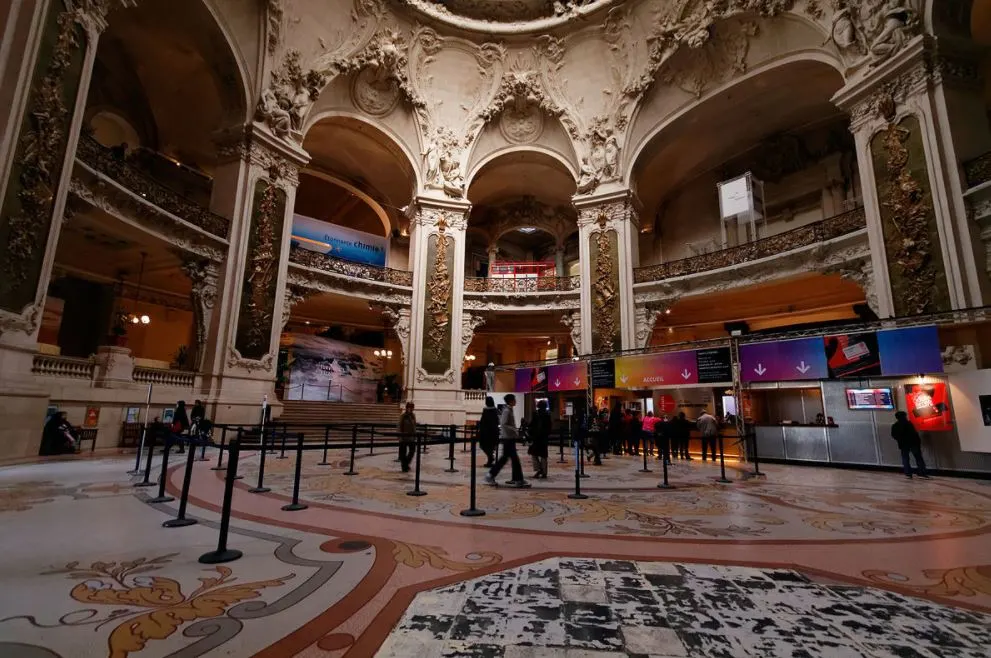One of the most amazing things to see in Paris is located right in the heart of the city and was built for a particular purpose.
Let’s take a closer look at the top 10 Grand Palais facts, a famous landmark in the city!
1. It’s located right next to the most famous avenue in Paris
The Grand Palais is an immense structure located right in the heart of the city of Paris on the north bank of the River Seine. It borders the Champs-Élysées, the most famous street in the city, even though the building is located in the “Avenue du Général Eisenhower.”
A few hundred meters to the east of the structure we can find the Place de la Concorde, one of the most famous squares in the world and the endpoint of the Champs-Élysées.
Just to the northeast of the Palais, we can find the Élysées Palace as well, the official residence of the President of France which is located in magnificent landscaped gardens.
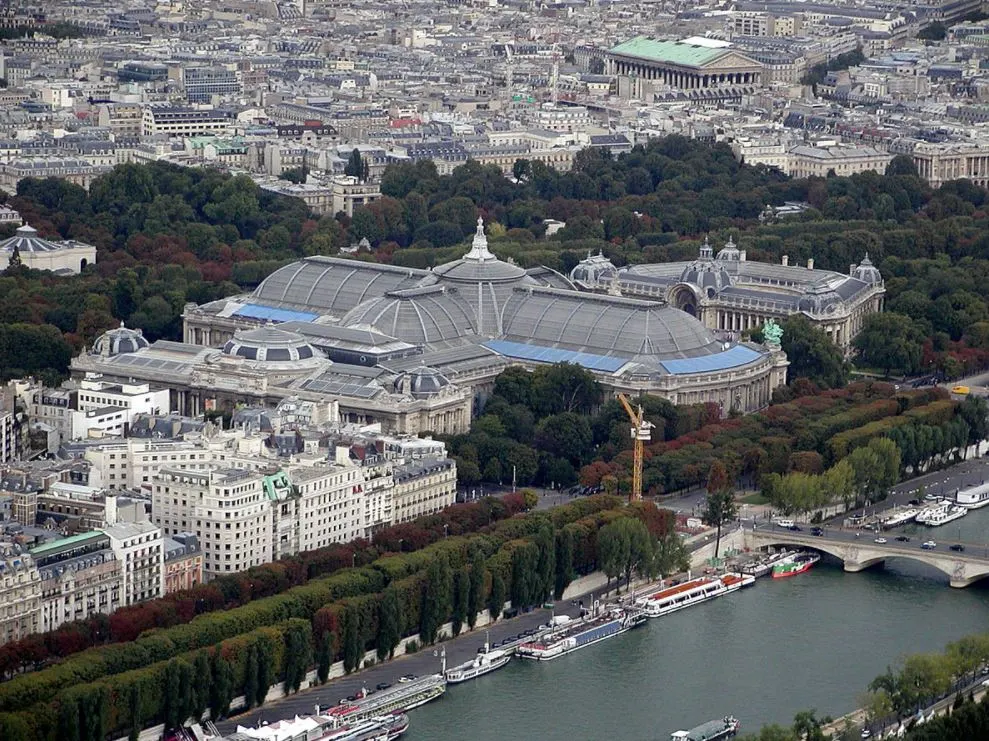
2. It was built for a special event that took place in 1900
The Grand Palais was constructed for the Universal Exposition of 1900, just as how the Eiffel Tower was built for the 1889 World Fair. It served as an important structure during this event and was referred to as the “Grand Palais des beaux-arts et des arts decoratifs.”
This means that its main purpose was to serve as an exhibition hall for art, mainly paintings and sculptures.
The expo was a massive event that ran from April 14, 1900, until November 12, 1900. The site covered a total area of 216 hectares (530 acres) and attracted over 48 million people!
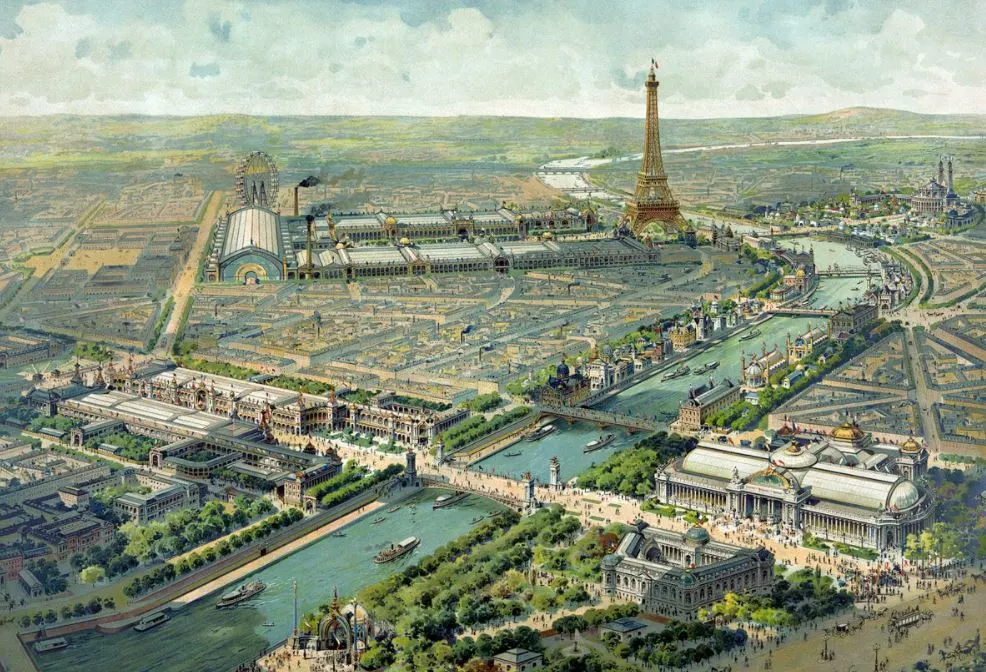
3. It wasn’t the only structure built for this purpose
The site was covered with buildings and pavilions from over 40 countries all over the world. It featured numerous technological advancements at the turn of the century, including a Ferris wheel, a moving sidewalk, diesel engines, talking films, escalators, and the telegraphone, the first recorded audio in history.
Even though most of these structures have disappeared since, some of the most notable that have survived are the Grand Palais, the adjoining Petit Palais (small palace), the Gare d’Orsay (which is now occupied by the Musée d’Orsay), and two original entrances of Paris Métro stations.
One of the most fascinating structures nearby is the Pont Alexandre III, one of the most famous bridges in Paris known as the most ornate due to its gold sculptures and Art-Nouveaux decorations.

4. An exhibition hall built for the same purpose once occupied the site
One of the most remarkable Grand Palais facts is that it’s not the first major building that occupies this site. It was built on the same spot once occupied by the Palais de l’Industrie (Palace of Industry).
This immense exhibition hall was 260 meters (850 feet) long and 105 meters (350 feet) wide and was built for the Paris World Fair in 1855. It was built on such a large scale by Emperor Napoleon III because he wanted the World Fair in Paris to be superior to the one 4 years earlier in London.
This original palace was demolished in 1897 and the Grand Palais was built on the same spot in just 3 years!

5. Its design was partially inspired by a glass structure in London
The main reason why the original Palais de l’Industrie was demolished is that it had become outdated and the Universal Exposition of 1900 was all about technological advancements.
This makes it all the more peculiar that the design was modeled on the exhibition hall of the 1851 Great Exhibition in London called the Crystal Palace.
This structure was originally built in Hyde Park, one of London’s major parks, but was relocated to an area in South London called Penge Common where it stood until it was destroyed by a fire in 1936.
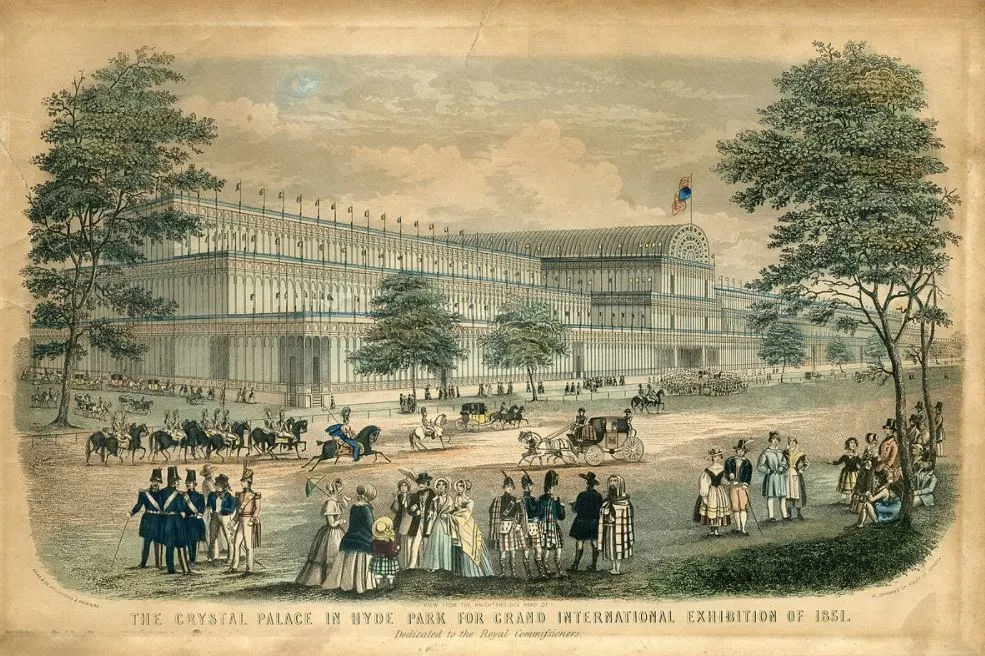
6. Multiple architectural styles were incorporated into the building
The cire structure and exterior followed the Beaux-Arts style that was taught by the École des Beaux-Arts of Paris. A lot of Art Nouveaux elements were integrated as well, something that helped to spread this architectural style all across the world.
The façade of the building is a mix of classical Beaux-Arts with Art Nouveau ironwork integrated into it. It’s also decorated with a variety of sculptures, including 2 monumental bronze quadrigas that occupy the wings of the façade.
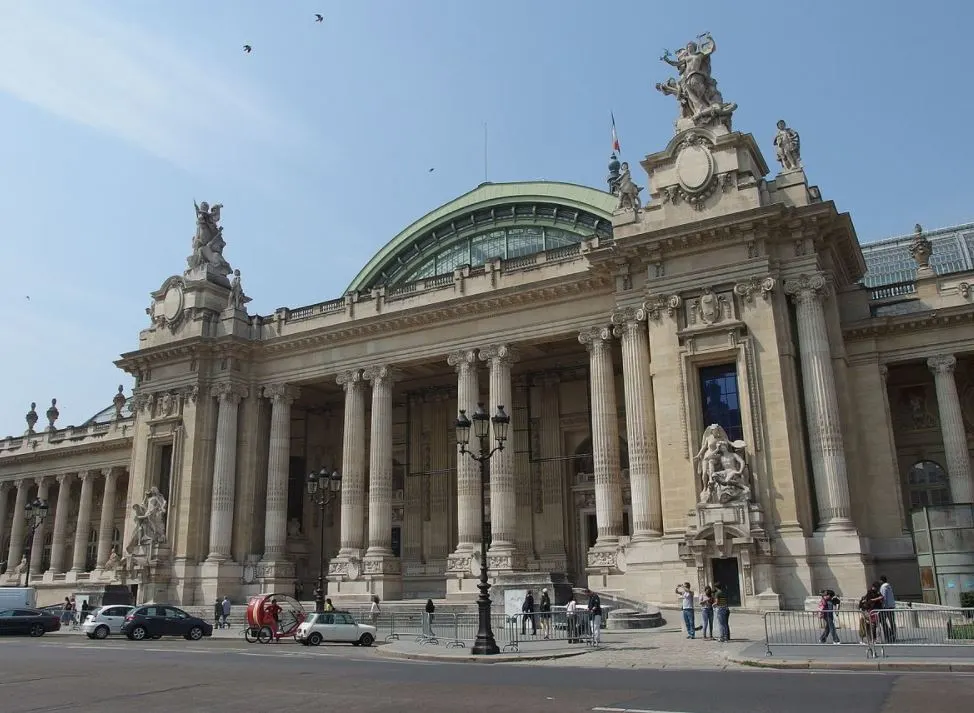
7. Multiple structural problems resulted in the building being closed for 14 years
This massive project had to be completed in time before the Universal Exposition, so time was a factor. When the engineers discovered subsidence, which means that part of the building was sinking into the soil because of water in the foundations, they tried whatever they could to stop this process.
Many measures were taken, such as sinking supportive posts into firmer soil, but these weren’t enough to stop the damage. This eventually resulted in a glass panel falling from the top of the structure in 1993.
This resulted in a massive restoration project which had the building closed from 1993 until 2007!

8. The building was used for multiple purposes from the very start
The official inauguration of the Palais happened on May 1, 1900, and the main purpose at the time was to exhibit art collections. Because of the scale of the building, it was instantly used for a wide variety of other purposes as well.
It was the venue of multiple exhibitions, mostly related to features of the modern world, including but not limited to automobiles, aviation, electrical appliances, and so forth.
One of the most intriguing Grand Palais facts is that it was also the venue of a horse jumping event between 1901 and 1957!

9. The Palais was used in various ways during the World Wars as well
During World War I, the Grand Palais was turned into a field hospital. During World War II, the Nazis first used it to deposit their tricks but soon realized it could be used as a venue for their propaganda machine, so Nazi exhibitions were held here as well until Paris was liberated.
After this happened, the Parisian Resistance turned this massive structure into their headquarters as well.

10. One of the buildings of the Palais is heaven for science freaks
Today, the building is still used for various exhibitions, as well as the venue for multiple sporting events. It even served as the venue of the 2010 World Fencing Championships and the final stage of the Tour de France in 2017 passed right through the Palais.
It will also be the venue of fencing and Taekwondo during the 2024 Summer Olympics that will be held in Paris.
The west wing of the building is the perfect sport for science enthusiasts to spend a day in because here you can find the science museum called the Palais de la Découverte. It features permanent exhibits in the fields of mathematics, physics, astronomy, chemistry, geology, and biology!
